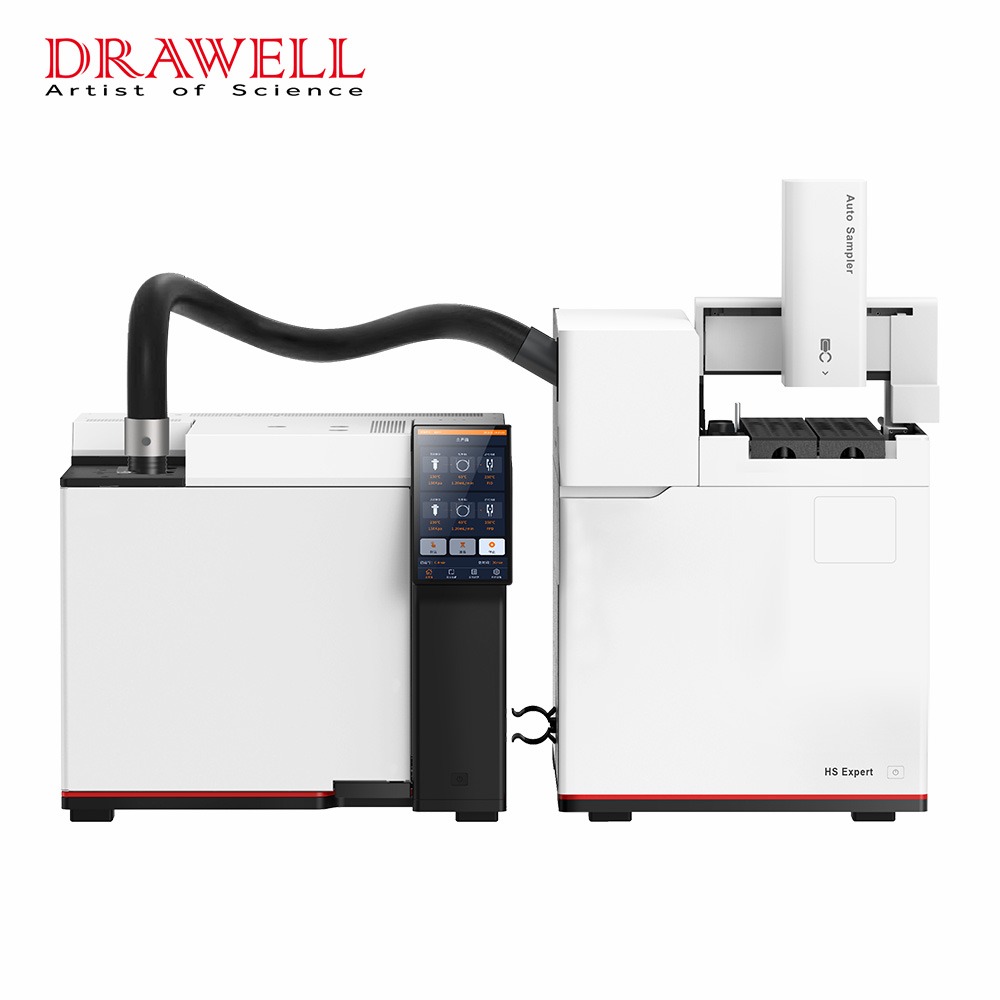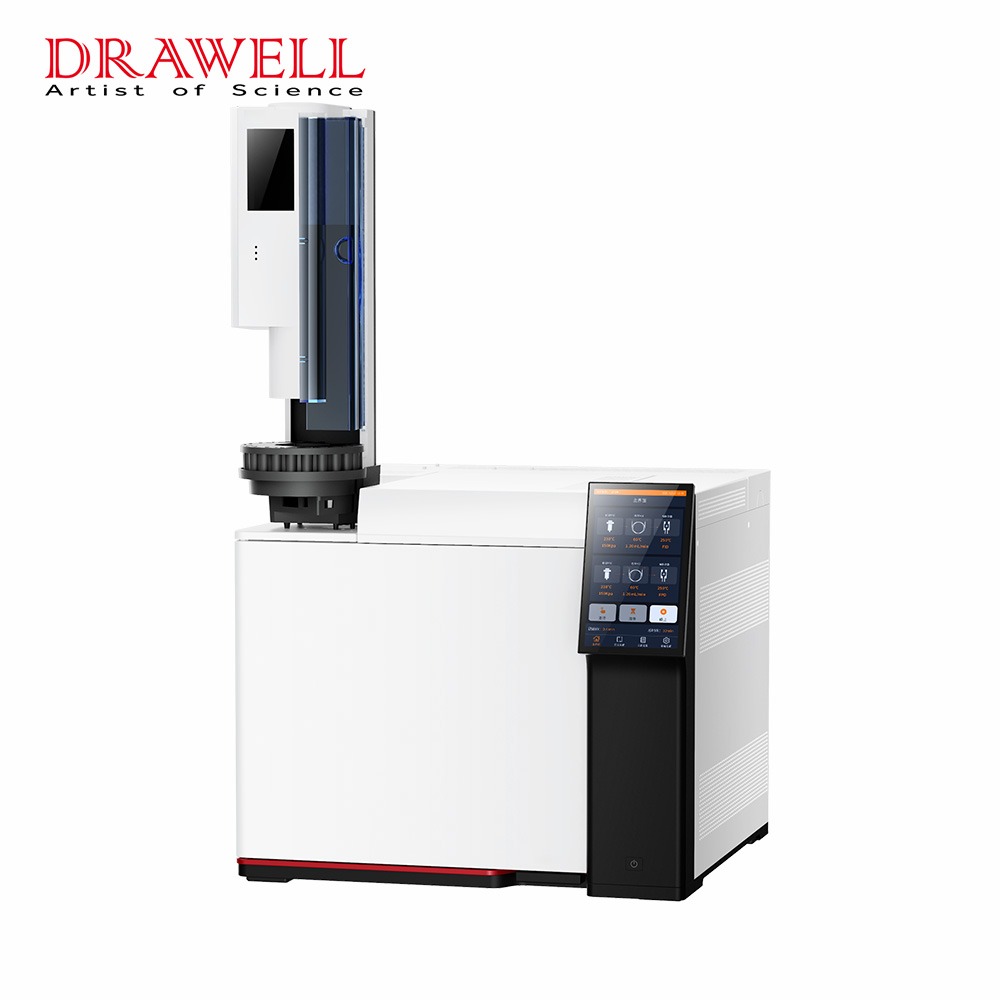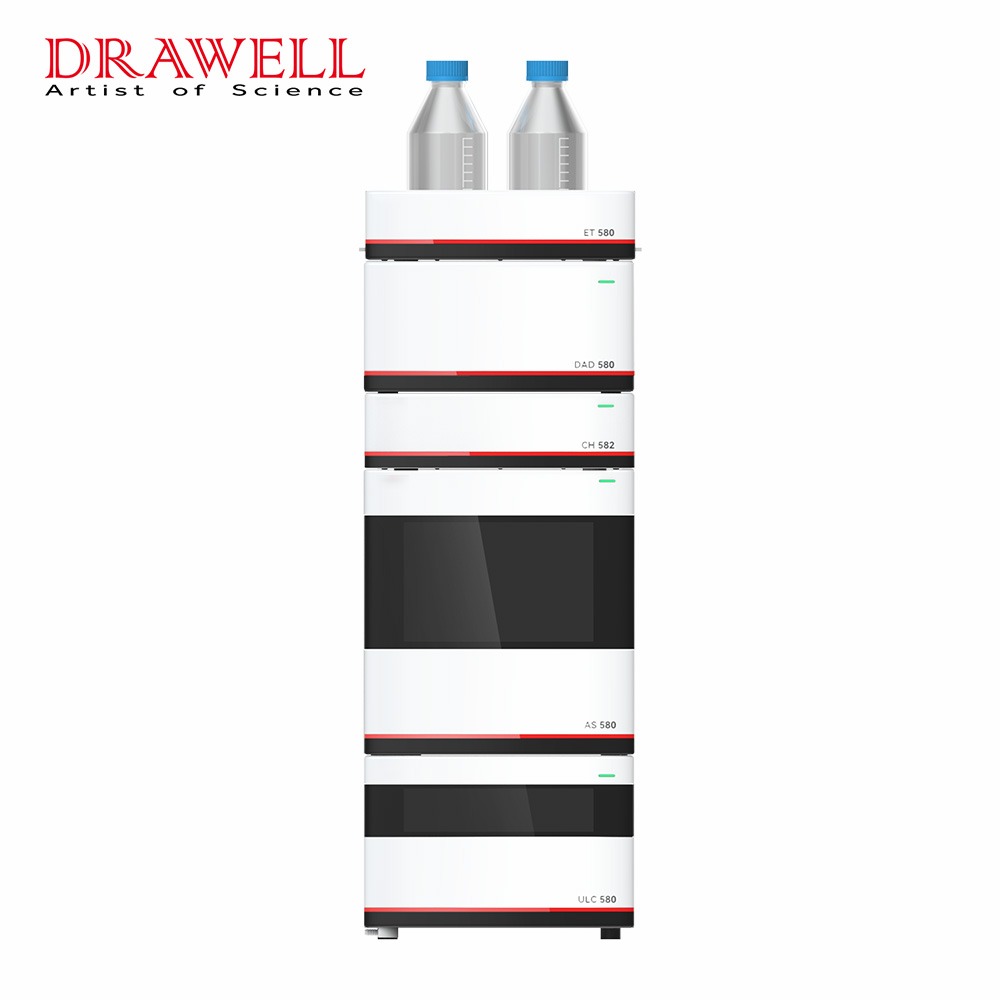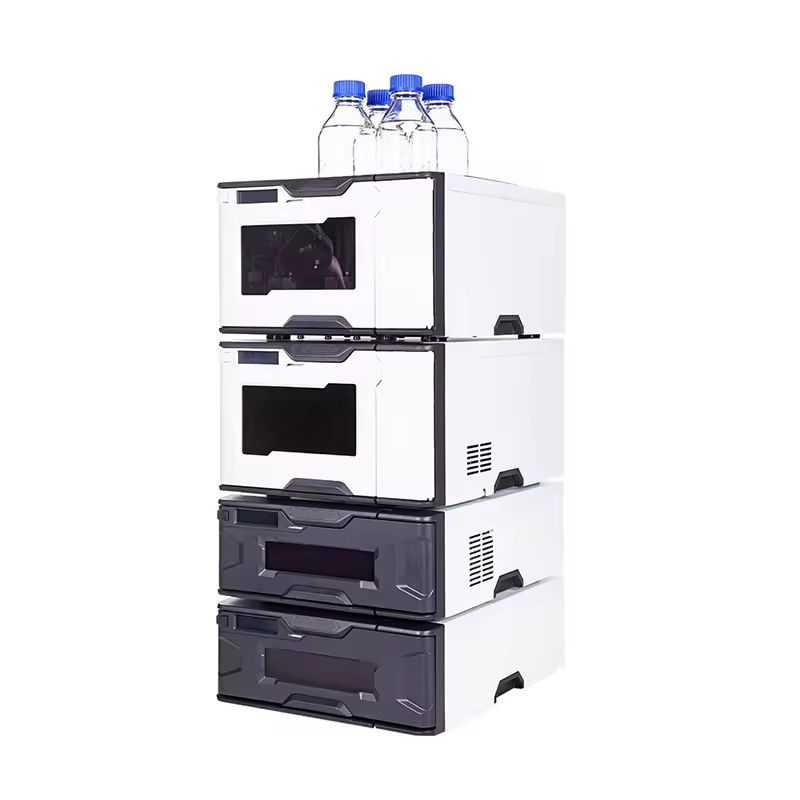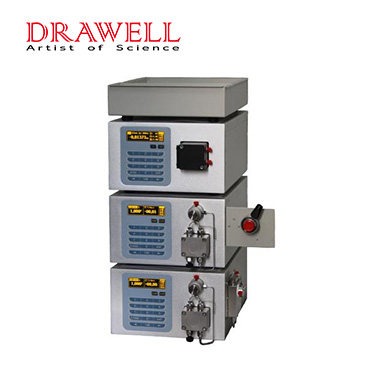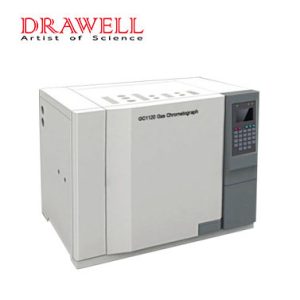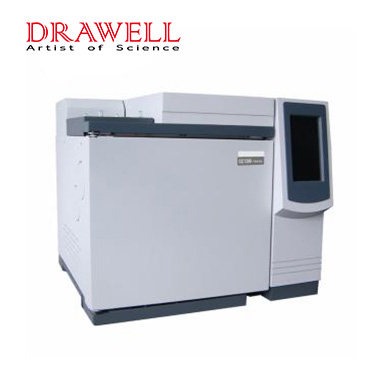Gas chromatographs are widely used in the petroleum, chemical industry, biochemistry, medicine and health, food industry, environmental protection, and so on. In addition to being used for quantitative and qualitative analysis, it can also determine the physical and chemical constants such as the distribution coefficient, activity coefficient, molecular weight, and specific surface area of the sample in the stationary phase. The gas chromatograph is an instrument for analyzing and detecting components in mixed gas.

Now, we will take a look at the precautions for use.
1. Follow the instructions in the gas chromatograph manual
When accepting the instrument, you not only must check whether all parts are complete but also check whether the instrument manual is complete. Meanwhile, you should keep these materials properly. Before operating the instrument independently, be sure to read the relevant instructions carefully and operate in strict accordance with the regulations. This is a prerequisite for good instrument analysis. when there is a problem with the instrument, it is better to negotiate with the gas chromatograph manufacturer.
2. Prepare a column test standard
Column performance is the key to ensuring analytical results. For a newly purchased chromatographic column, you should first use test samples to evaluate its performance. If the results are unsatisfactory after following the test conditions provided by the column manufacturer, a return or exchange can be requested. More importantly, column performance will change during subsequent use. When analytical results are questionable, the column can be tested with a test standard and the results compared to the previous test results. It can help determine if the problem is out of the chromatographic column so that it is convenient to take corresponding measures to troubleshoot.
3. Use carrier gas with the required purity
The carrier gas must be of high purity grade to avoid interference with the analysis and contamination of the chromatographic column or detector. Be aware that the price of a chromatographic column is more than 20 times the price of a bottle of high-purity nitrogen or hydrogen. If you use ordinary gas as a carrier gas because you want to save money, you may lose more. The auxiliary gas used in the detector is preferably also high-purity grade. Although common gases can be used when sensitivity is not critical, the cost may be detector contamination. Replace column seals promptly.
4. Replace the graphite gasket in time
The leakage of graphite gaskets is one of the most common failures of Gas chromatographs. Be sure not to reuse the same gasket on different columns. Even if the same column is removed and re-installed, it is best to replace the gasket with a new one, which can ensure higher work efficiency. If the gas leak is found after the column is installed and the sealing gasket is replaced, it will take more time. Even if the old gasket can still be used, it should be tightened a little more than the original. If it is not good, the capillary column will be broken.
5. Regularly replace the gas purifier packing
The performance of color-changing silica gel can be judged according to the color change, but purifiers such as molecular sieves that adsorb organic matter are not easy to judge with the naked eye. Therefore, it must be replaced regularly, preferably every 3 months. If the silica gel and molecular sieve are installed together, the molecular sieve should also be replaced when the silica gel is replaced.
6. Replace the injection liner regularly
A leaking inlet gasket is one of the most common Gas chromatograph failures. In addition, the aging degradation of the gasket can interfere with the analysis. For example, its debris falling into the vaporization chamber can also cause ghost peaks. As for how often to change the liner, it depends on the nature of the sample being analyzed and the analysis conditions. Routine laboratories typically replace one injection pad per day. In any case, a one-liner should not be used continuously for more than a week.
7. Replace parts one by one
When repairing the Gas chromatograph, do not replace multiple parts at a time, as this will cause errors in judging the cause of the failure. You should replace one piece at a time, and then replace the other after testing. This may make it easier to accurately determine the cause of the failure and, at the same time, avoid unnecessary expenses.

